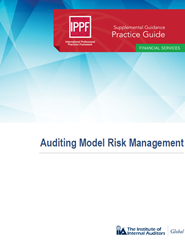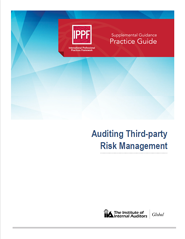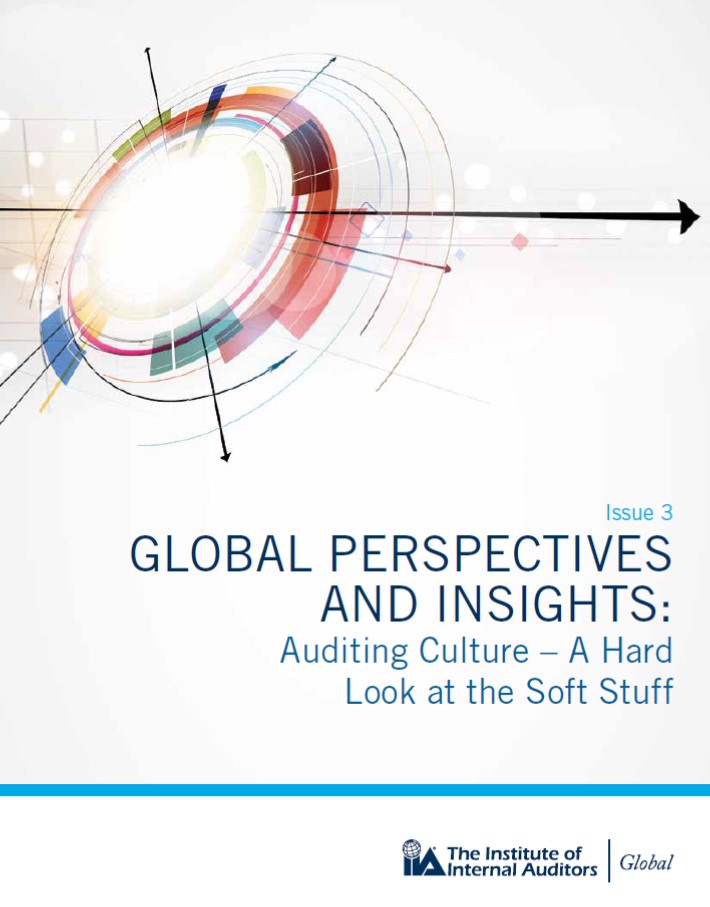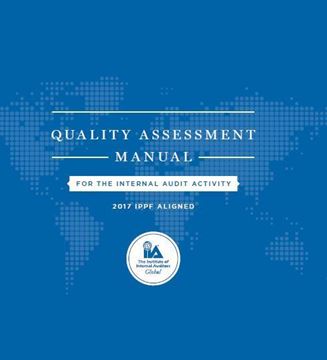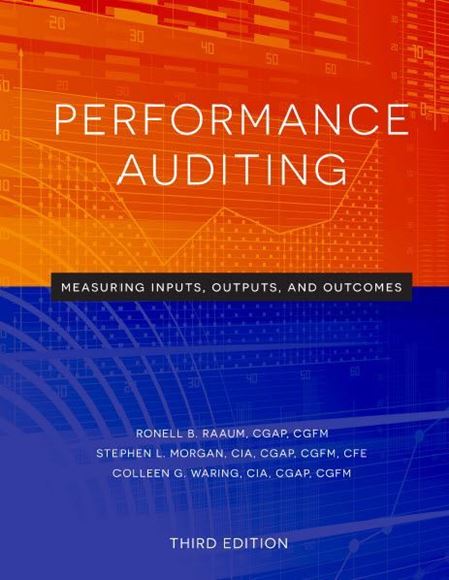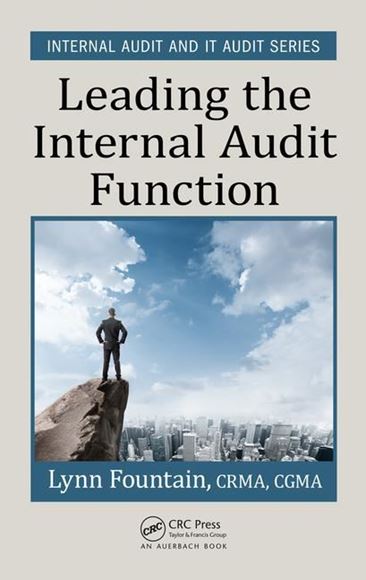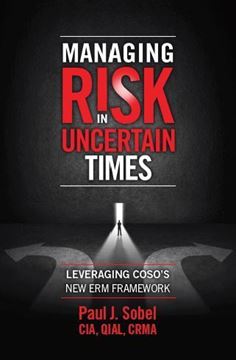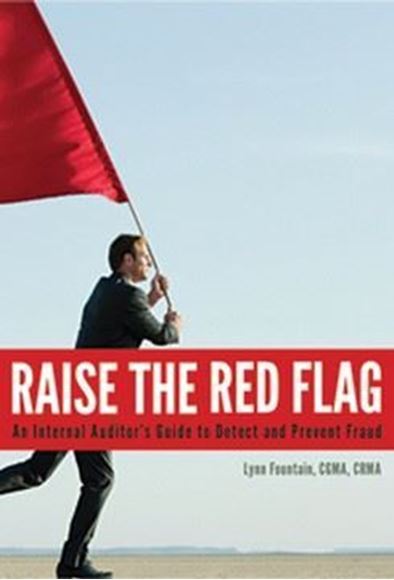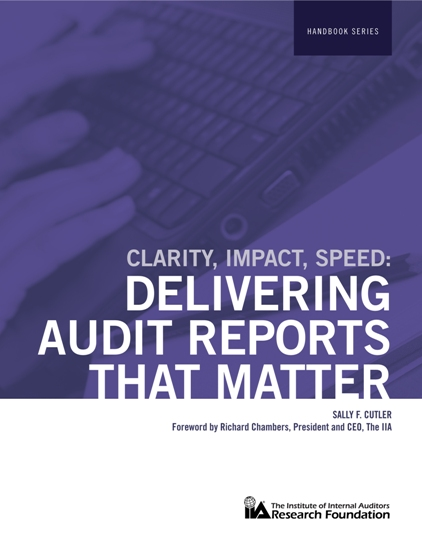Developed for the practitioner and trainer, Performance Auditing: Measuring Inputs, Outputs, and Outcomes, Third Edition, emphasizes the use of measurement and comparison in performance assessment. Gleaning from leading standards from the U.S. Government Accountability Office (GAO), the International Organization of Supreme Audit Institutions (INTOSAI), and The IIA, this valuable resource provides concepts and best practices to execute a performance assessment.
Consistent with its emphasis on performance, this book addresses the measurement of performance and the value of a measurement-based auditing approach, which is integral to performance auditing. There are numerous aspects of performance auditing, and auditors need to know what those aspects are and be able to construct or validate appropriate measurements for them.
This unique publication offers guidance that applies to practitioners at every level and is perfect for use as a guide in planning performance audit assignments, doing fieldwork, and writing reports. The easy-to-follow structure of the chapters makes this book ready for use in a training course or as reference material.
About the Authors:
Ronell B. Raaum, CGAP, CGFM, developed training course material on performance auditing at the Government Audit Training Institute, Graduate School, in Washington, DC, for 19 years. He spent 31 years as an auditor at the U.S. Government Accountability Office (GAO).
Stephen L. Morgan, CIA, CGAP, CGFM, CFE, is currently the president of Excellence in Government Accountability and Performance Practices, a company that specializes in training government auditors and managers. For more than 25 years, he has provided training course design and delivery in performance measurement, management, and auditing.
Colleen G. Waring, CIA, CGAP, CGFM, trains government managers and auditors worldwide. She spent 23 years conducting state and local government performance audits in the United States. More recently, she taught a graduate class on nonprofit program evaluation at The University of Texas LBJ School of Public Affairs.

